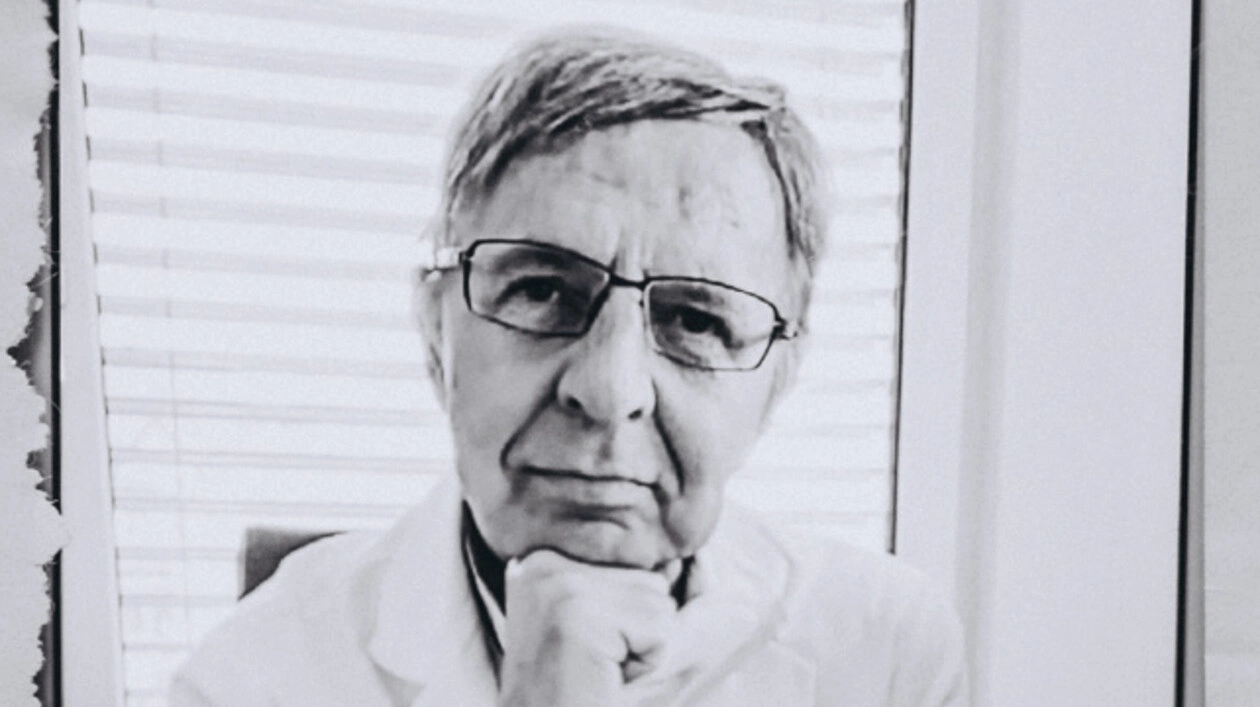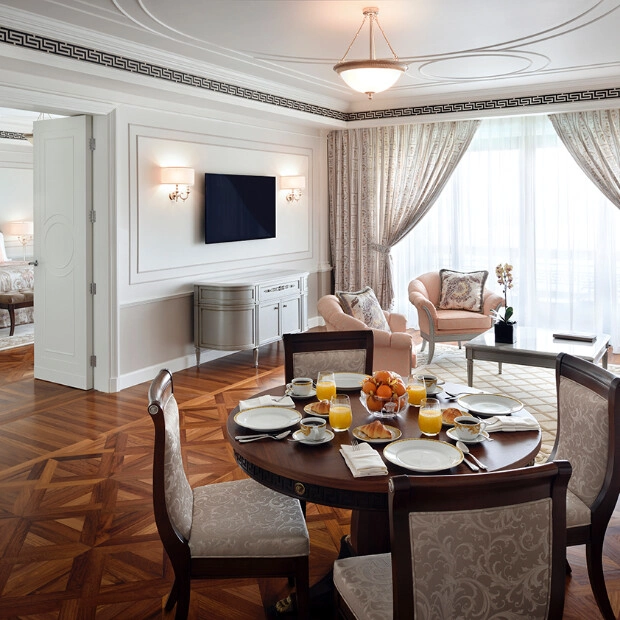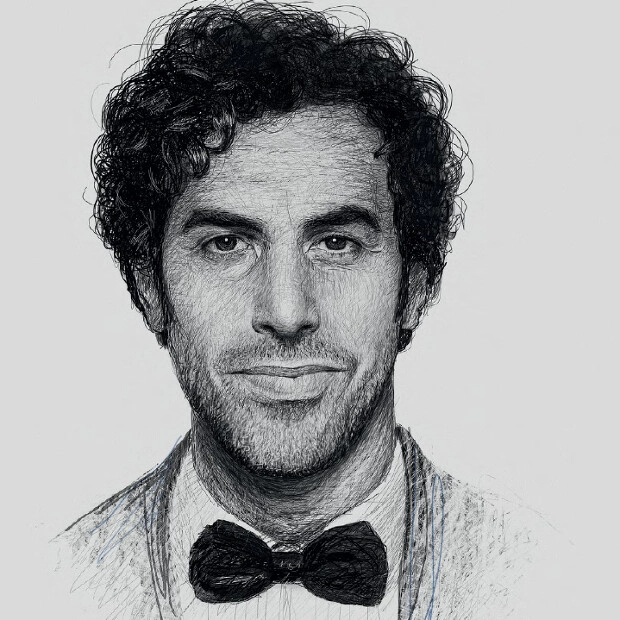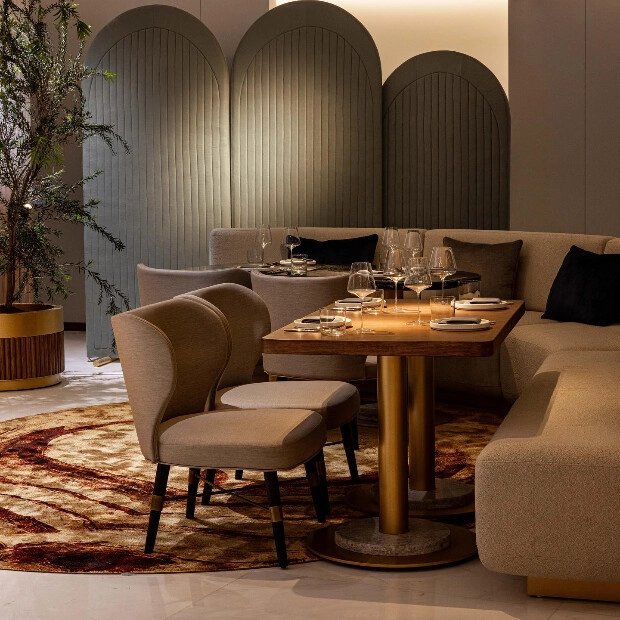In the last 24 hours, no new COVID-19 cases have been registered in Switzerland, for all others and a soft social isolation regime – no lockdown enforcement, mind you. Dr. Rainer Arendt, M.D., a splanchnopathy specialist & cardiologist at Double Check in Zurich explains how it has become possible.
Viruses are a rather odd life form. These micro-parasites cannot exist without a host. It's still unclear whether they are alive or not as they cannot last long outside a human or animal organism. I would say they are something in between — not exactly nonliving matter but not an independent life form either. In this respect, viruses are not interested in killing their hosts, otherwise they lose their “homes” and the only opportunity to exist — a symbiosis.
There have been many discussions on whether the coronavirus can survive on plastic and metallic surfaces. Virology tests have given very different results. Some researchers couldn't find the virus on the surfaces, while others said it could survive on plastic and metals for 6–8 hours. On the other hand, the virus is very unstable, and if direct sunlight hits the surface, it dies. Its lipidic coat is very vulnerable to sunlight, moisture, soap, and spirits.
Switzerland, just like the rest of the world, was unprepared for this pandemic: we ran short of protective outerwear and masks so many medics got infected by the COVID-19 patients. Besides, we could not close the borders quickly as the country depends on French and Italian manpower. If we had made haste, the hospitals in the Canton of Ticino as well as in the Italian & French-speaking parts of the country could not have functioned. 60 % of nurses and many doctors come to work from France and Italy. For this reason, the situation in Western and Southern Switzerland is much worse than in the north of the country.
Now the medics are protected very well, but we're still running short of protective paraphernalia for the rest of our population. We've imposed some lockdown limitations, but they're not as strict as in Germany and France. The borders were closed eight weeks ago, and the authorities asked the public to stay at home. Neither house arrests nor fines — everyone could go out to see a doctor, go to the chemist's, to work, or for a workout in the park. Meanwhile, with all bars, restaurants, and the lakeside promenade closed, few places in Zurich could be visited. Three days ago the bars and restaurants were opened, but the limitations are still so strict that they cannot function properly.
It's quite obvious that if people are locked in for a long time, they cannot move much, so their physical activity is on the wane as well as their body resistance. Lack of exercise, sunlight, and fresh air harms one's immunity. The aim of the Swiss lockdown has been slowing down the spread of the virus but not stopping it. I'm sure Russia should also ease the limitations to avoid the effect opposite to the desired one and heavier losses.
I'm positive we should have recommended staying at home only to people belonging to risk groups due to age or health conditions. European statistics show that at 65 & older people get infected more often than other age groups. So staying at home is the best protection for them. Those under 20 are least susceptible to COVID-19 as well as those in the 20–60 age range without concomitant diseases. All these individuals should be allowed to live their usual lives without any limitations.
So far, there aren't many SARS-CoV-2 mutations, so I think getting infected by it in different countries is just a matter of bad luck. In Italy, somehow or other, the virus started spreading in the old age group and the nursing homes for the elderly. In the meantime, most German COVID-19 patients are at least 15 years younger. They brought the virus from the Tyrol resorts in Austria. This explains the big difference between the mortality rates in Italy and Germany. The older Italian patients cannot cope with the disease as well as the Germans.
It must be kept in mind that COVID-19 is not pneumonia. SARS-CoV-2 affects the blood vessels and blood coagulability. The vessel walls get damaged and glue together, forming thrombocytes that move inside the blood-vascular system, often causing a multi-organ failure. Kawasaki syndrome, necrotizing systemic vasculitis affecting primarily medium and small arteries, is likely to develop too. It's perilous for patients with acute symptoms, but I've observed blood-forming disorders even in asymptomatic COVID-19 patients.
This virus is particularly dangerous due to its trickery — it can “keep a low profile” without bothering its host for a while. In the meantime, the patient's blood oxygen level drops. In the case of common pneumonia, it's accompanied by a very bad general condition due to the CO2 accumulation, so the patients turn for help early enough. As to COVID-19, the blood gets rid of CO2 as usual, but the saturation level drops. So sometimes a patient feels quite well for a long time, but within just a few hours, his / her condition may become critical.
There are certain requirements we consider really useful, especially some preventive measures easy enough for everybody to take. First of all, a daily high dosage of vitamin D can lessen the risk of viral pneumonias by 70 %. 20–30 mg of zinc daily is also effective. So is vitamin B6. Another promising, though not proved yet, method to prevent the vessel walls from inflammation is a weekly 400‑mg nitrogen oxide intake. Antimalaria medications are useful at the early stages. To my out-patients, I prescribe bronchodilators, and in the case of fever — pyretics. These aren't medications but supporting means. At admission to hospital, it's recommended to use experimental techniques suggested by the WHO: antimalaria drug and Remdesivir administration as well as antibody plasma transfusion.
It's most important that the patients should lie on their stomachs because this way, lung ventilation is much more effective. For instance, patients with 80–85 % saturation manage to increase it to 95 %. Besides, it's a good preventive measure too. I myself sleep on my stomach as it improves my blood circulation and lung ventilation lowering the risk of pneumonia since only poorly ventilated lungs develop inflammation.
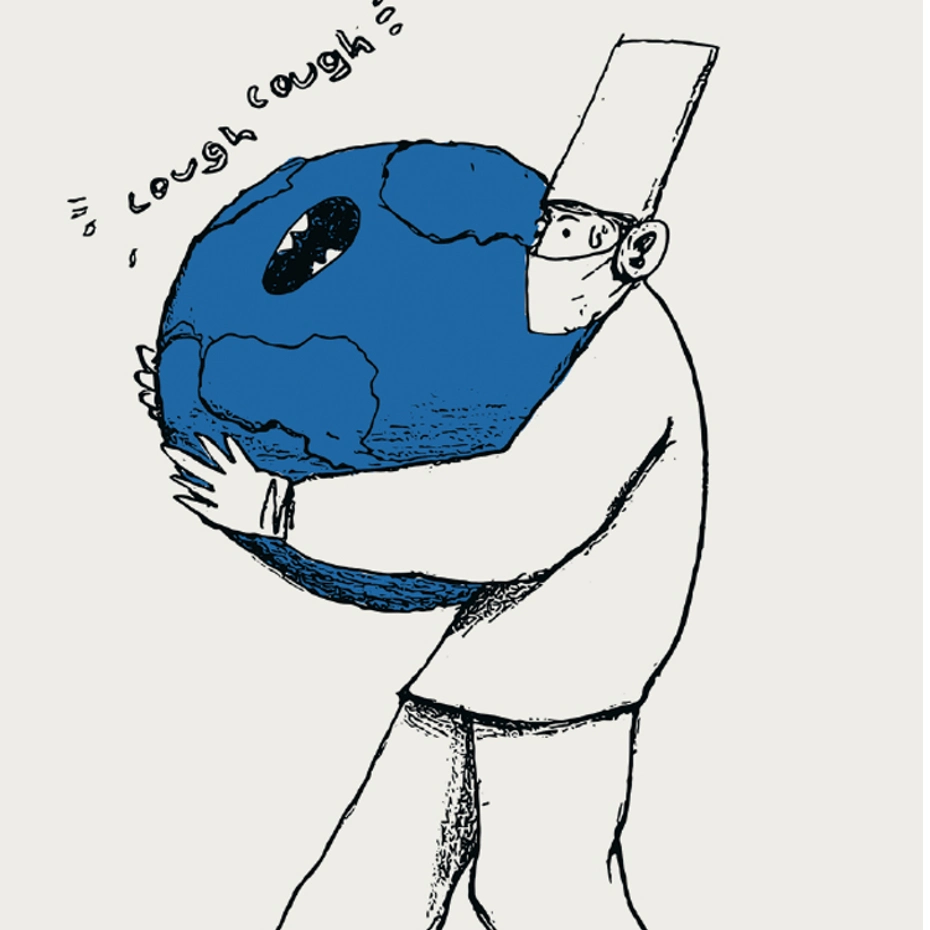
Текст
Active oxygen administration to increase the saturation level is what saves patients with severe symptoms. In this case, our job is to stabilize the situation and avoid using ALV as it means administering oxygen under pressure to which the pulmonary alveoli are hypersensitive, and the inflammation increases. We use ALV only to save patients' lives since this procedure is always followed by complications.
Over the last 24 hours, no new COVID-19 cases have been reported in Switzerland, which proves that all the measures implemented have been sensible and right. We are easing the isolation regime day by day, moving on very carefully and intelligently. Now, life has split into before and after COVID-19. This is a good enough reason to think about the world we'd like to live in after the pandemic. We should keep in mind that zoonotic diseases always strike when mankind's attitude to nature becomes too aggressive. I'm sure we must let wildlife be and stop considering undomesticated animals part of our food ration. Over the last couple of millennia, we've done without eating them, so it's not a good idea to start doing it now. At the bare minimum, markets selling, say, fried bats must be closed. Doing away with animal food will also help to prevent such diseases as atherosclerosis and cancer. Meanwhile, in global terms, it would be great to leave vast areas of nature untouched by man. Look how quickly nature restores itself when we reduce our activities! It's happening right before our eyes: the air is becoming cleaner, the sky is changing its colour, and we can see the mountains and the sea in and around L. A. again. It's just unbelievable! The planet has cleaned itself in a matter of days. Now, we should start treating the wonderful world we are lucky to live in with more respect.
